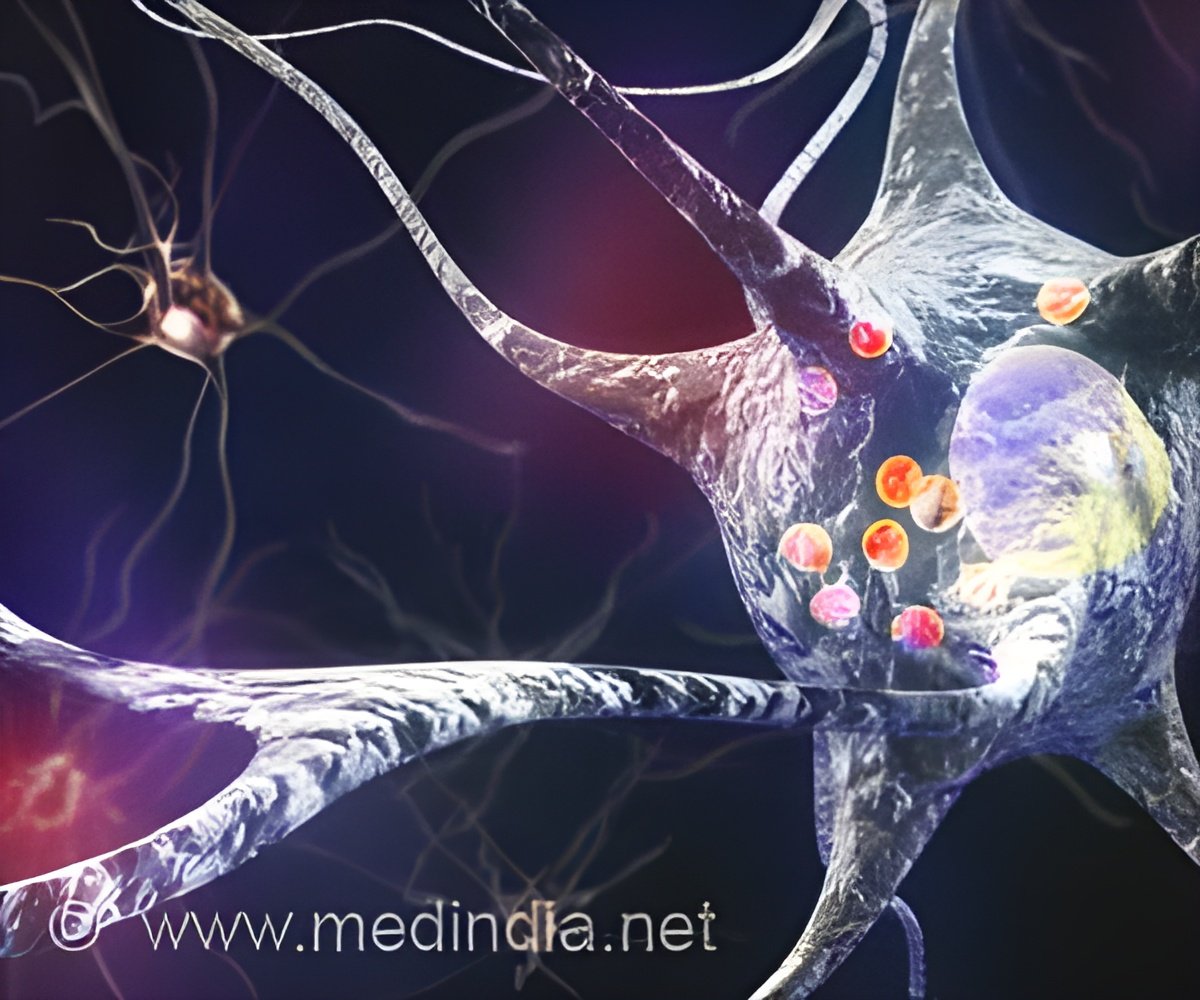Tanycytes are glial cells that communicate with neurons in the brain to inform them of what we have eaten. When tanycytes are selectively stimulated appetite was increased, finds a new study.

‘Tanycytes are brain cells that tell the brain about the food we have eaten. A new study finds that when tanycytes are stimulated by light, appetite increases.
’





Tanycytes do this by responding to amino acids found in foods via the same receptors that sense the flavor of amino acids ("umami" taste), which are found in the tongue’s taste buds.In the paper ’Hypothalamic tanycytes generate acute hyperphagia through activation of the arcuate neuronal network.’ published today, the 8th June, in the journal PNAS, researchers from the School of Life Sciences at the University of Warwick, explain how tanycytes can increase appetite.
Tanycytes are glial cells located in the center of the brain, where they line one of the fluid-filled spaces known as ventricles. They are able to senses or "taste" the nutrients in the cerebrospinal fluid within the ventricle. The amount of nutrients in this fluid varies depending on how much has been eaten. A key question has been whether the tanycytes can relay this information about nutrients to the nearby neurons that regulate appetite and how much energy that is expended via activity or the generation of body heat.
By getting tanycytes to selectively express a light-sensitive ion channel, researchers were able to very activate them very specifically and show that this causes nearby neurons to become active. By looking at the identity of the activated neurons, the researchers found that the tanycytes could turn on two different pathways involved in the control of feeding.
One pathway is associated with an increased drive to feed, whereas the other pathway is associated with a reduced drive to feed and greater energy expenditure. From this, it would not be clear which of these two opposed pathways "wins."
Advertisement
Professor Nicholas Dale, from the School of Life Sciences at the University of Warwick, explains:
Advertisement
Dr. Matei Bolborea, the first author of the study, stated:
"Neuronal mechanisms controlling appetite have been studied for decades. Our discovery has added an unexpected new player into this neural circuit. Our important finding is that tanycytes have an active role in increasing appetite. In the future, these cells could become potential targets to reduce or increase food intake for therapeutic purposes."
Source-Eurekalert














